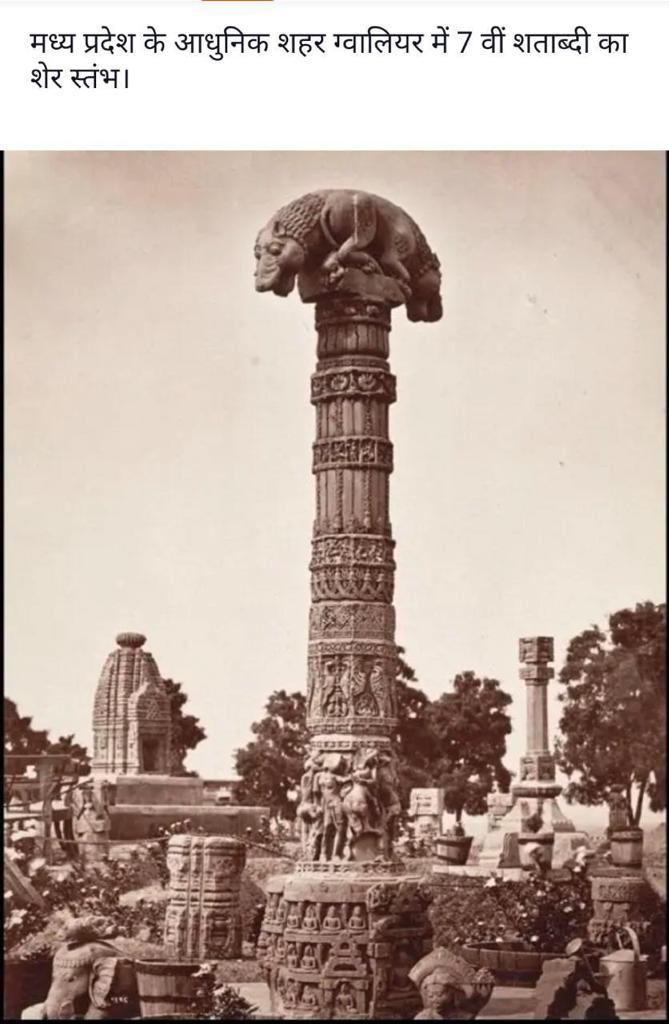
As Heinrich Zimmer has called attention to, Indian portrayals of lions come up short on the immediacy and distinction of their more recognizable monsters since they were not a piece of the regular experience of the craftsmen and, hence, would never move into the domain of the real world, yet should fundamentally stay in the grouping of conventionalized iconography, This has been valid for molded lions from the hour of King Asoka in the Mauryan Period, whose heraldic lion capital arrived at the pinnacle of theoretical flawlessness however were [sic] never genuinely alive, Here is another capital overcomed by lions, awful monsters to be sure, which are not any more ‘reasonable’ than the capitals of early Asokan sections, The monsters squat on top of the capitals as though to hop upon the following individual to stroll underneath them, yet as opposed to being fearsome, they are basically incomprehensible, Notice the intense stylizations of hide, stubbles and teeth, Even the body extents are unconvincing, The lions look more ox-like than catlike, For any situation, their quality in structural enhancement is customary in India, and they are immediate images of sovereignty whatever their own actual style may appear to recommend.